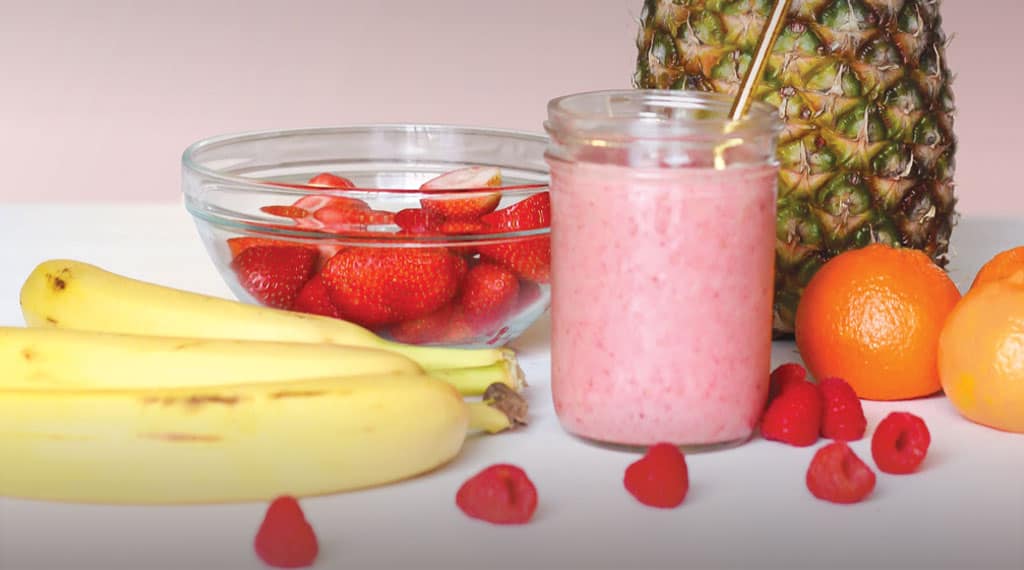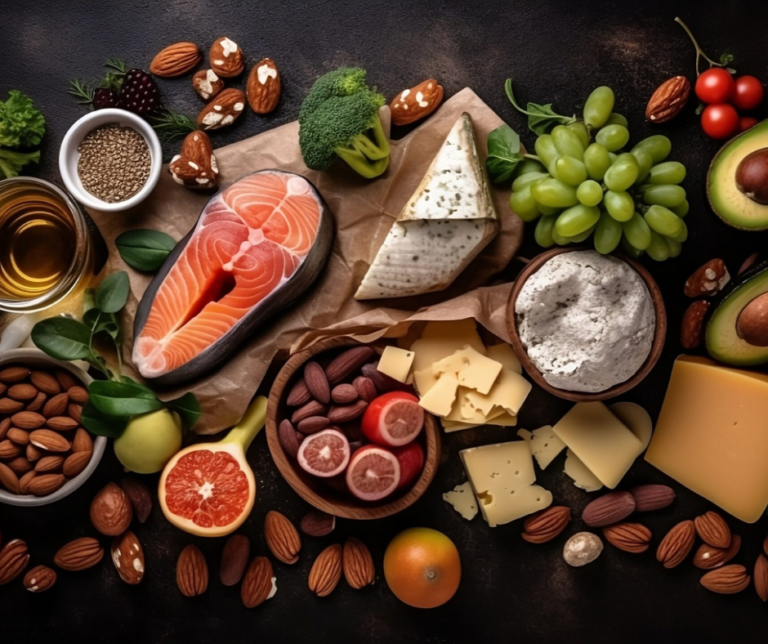Balanced Diet Charts for Men & Women: Nutrition Tailored for Your Body
Meta Description: Discover expert-crafted balanced diet charts for men and women that cater to daily nutritional needs, fitness goals, and overall well-being. Includes charts for different age groups and lifestyles.
Introduction
Maintaining a balanced diet is essential for living a healthy, energetic, and disease-free life. But men and women have different nutritional needs due to variations in body composition, hormones, metabolic rate, and lifestyle. A diet that works well for men may not suit women and vice versa.
Whether you’re aiming to lose weight, build muscle, improve energy, or boost overall health, having a gender-specific balanced diet chart can make all the difference.
In this article, we’ll explore the importance of a balanced diet, the key nutritional differences between men and women, and provide easy-to-follow diet charts tailored for various needs and age groups.
What is a Balanced Diet?
A balanced diet provides the body with essential nutrients in the right proportions, including:
- Carbohydrates – Primary source of energy
- Proteins – Builds and repairs tissues
- Fats – Supports brain function and hormone production
- Vitamins and Minerals – Vital for metabolism and immunity
- Water – Regulates body temperature and flushes out toxins
- Fiber – Supports digestion and prevents constipation
Why Men and Women Need Different Diet Plans
Here’s why a one-size-fits-all diet doesn’t work:
| Nutrient | Men | Women |
|---|---|---|
| Calories | Generally higher due to muscle mass and metabolism | Slightly lower due to body fat percentage and hormonal balance |
| Iron | 8 mg/day | 18 mg/day (due to menstruation) |
| Calcium | Similar, but more important in post-menopausal women | Crucial for bone health, especially after 30 |
| Protein | Higher requirements for muscle maintenance | Slightly less, but vital for hormone production |
| Folic Acid | Lower demand | Essential for reproductive health and pregnancy |
Macronutrient Distribution for a Balanced Diet
| Nutrient | Percentage of Daily Intake |
|---|---|
| Carbohydrates | 45–55% |
| Proteins | 15–25% |
| Fats | 20–30% |
Balanced Diet Chart for Adult Men (Age 19–50)
Daily Caloric Need (Average): 2,500–2,800 kcal (moderately active)
| Time | Meal | Items |
|---|---|---|
| 7:00 AM | Warm Water with Lemon | Detoxifies body |
| 8:00 AM | Breakfast | 2 boiled eggs, 2 multigrain toasts, 1 bowl oatmeal with fruits, green tea |
| 11:00 AM | Mid-morning Snack | Handful of almonds + 1 banana |
| 1:00 PM | Lunch | 1 cup brown rice, 1 cup dal or grilled chicken, salad, 1 cup curd |
| 4:00 PM | Evening Snack | Sprout salad or protein shake |
| 7:30 PM | Dinner | 2 chapatis, sautéed veggies, paneer/tofu or lean fish |
| 9:00 PM | Post-Dinner (Optional) | Herbal tea or a few walnuts |
Balanced Diet Chart for Adult Women (Age 19–50)
Daily Caloric Need (Average): 1,800–2,200 kcal (moderately active)
| Time | Meal | Items |
|---|---|---|
| 7:00 AM | Lukewarm Water + Apple Cider Vinegar (optional) | Detox and metabolism boost |
| 8:00 AM | Breakfast | 1 bowl poha/upma or oats, 1 boiled egg or paneer, herbal tea |
| 11:00 AM | Mid-morning Snack | 1 fruit (apple/orange) + a handful of seeds (chia, flax) |
| 1:00 PM | Lunch | 1 cup brown rice or 2 chapatis, 1 cup sabzi, dal/pulses, curd |
| 4:00 PM | Evening Snack | Buttermilk or green tea + handful of nuts |
| 7:30 PM | Dinner | 1 chapati, sautéed vegetables, grilled paneer/fish |
| 9:00 PM | Post-Dinner (Optional) | Warm milk with turmeric or cinnamon |
Dietary Recommendations for Men
- Focus on lean proteins: Chicken, turkey, fish, eggs, and legumes.
- Don’t skip carbs: Opt for complex carbs like brown rice, sweet potatoes, and oats.
- Healthy fats: Include avocados, nuts, olive oil, and fatty fish.
- Limit red meat and processed foods.
- Stay hydrated: At least 3 liters of water/day.
Dietary Recommendations for Women
- Iron-rich foods: Leafy greens, lentils, beets, and fortified cereals.
- Calcium intake: Milk, yogurt, sesame seeds, and broccoli.
- Folic acid: Important for hormonal balance and pregnancy.
- Omega-3s: For skin, hair, and heart health (walnuts, flaxseeds, fish).
- Hydration: 2–2.5 liters of water/day.
Balanced Diet for Teenagers (Boys & Girls)
Why It’s Important:
- Supports growth and puberty
- Builds strong bones and muscles
- Enhances brain development and concentration
| Meal | Suggested Items |
|---|---|
| Breakfast | Whole grain cereal with milk, banana, boiled egg |
| Lunch | Chapati + veggies, dal, salad, fruit |
| Snack | Milkshake, fruits, or roasted peanuts |
| Dinner | Rice/roti, lean protein, veggies, curd |
Tip: Limit junk food, sugary drinks, and fried snacks.
Balanced Diet for Older Adults (50+ years)
Goals:
- Prevent bone loss and heart disease
- Improve digestion and immunity
- Manage weight and blood sugar
| Men | Women |
|---|---|
| High-protein diet for muscle preservation | Calcium-rich diet for bone strength |
| Omega-3 for heart and joint health | Iron, vitamin D, and B12 for energy |
| Fiber to improve digestion | More antioxidants for cellular repair |
Foods to Include in Any Balanced Diet
- Fruits: Apples, bananas, berries, papaya
- Vegetables: Broccoli, spinach, carrots, bell peppers
- Whole Grains: Brown rice, quinoa, oats, millets
- Proteins: Eggs, tofu, chicken, legumes
- Dairy: Yogurt, milk, low-fat cheese
- Healthy Fats: Nuts, seeds, olive oil
Foods to Avoid or Limit
- Processed foods (chips, instant noodles)
- Sugary beverages (colas, energy drinks)
- Excess salt and sugar
- Refined grains (white bread, maida products)
- Deep-fried snacks and fast food
Sample Weekly Balanced Diet Plan (Overview)
| Day | Focus |
|---|---|
| Monday | Protein-rich day: Eggs, paneer, lentils |
| Tuesday | Fiber and green veggies |
| Wednesday | Fish or tofu-based meals |
| Thursday | Fruit-heavy snacks and smoothies |
| Friday | Sprouts, seeds, nuts for healthy fats |
| Saturday | Soups, salads, and detox-friendly meals |
| Sunday | Cheat day (moderation is key!) |
Final Thoughts
A balanced diet is the foundation of good health. Whether you are male or female, young or aging, active or sedentary—tailoring your food intake to your body’s unique requirements helps you feel better, live longer, and prevent diseases.
Use the above diet charts as a template, but don’t hesitate to tweak them based on your goals, activity level, allergies, or medical conditions. And remember, consistency is more important than perfection.







